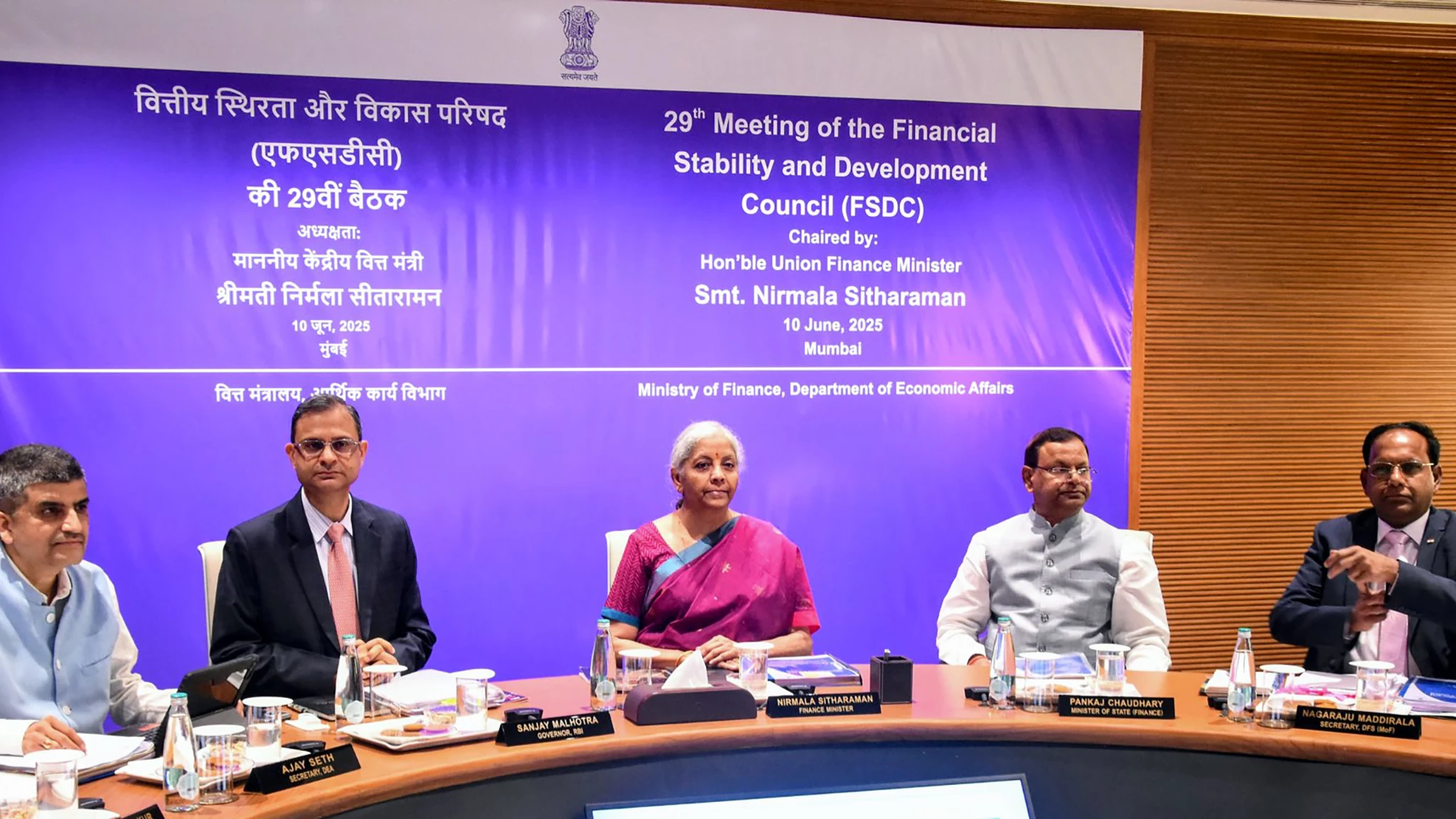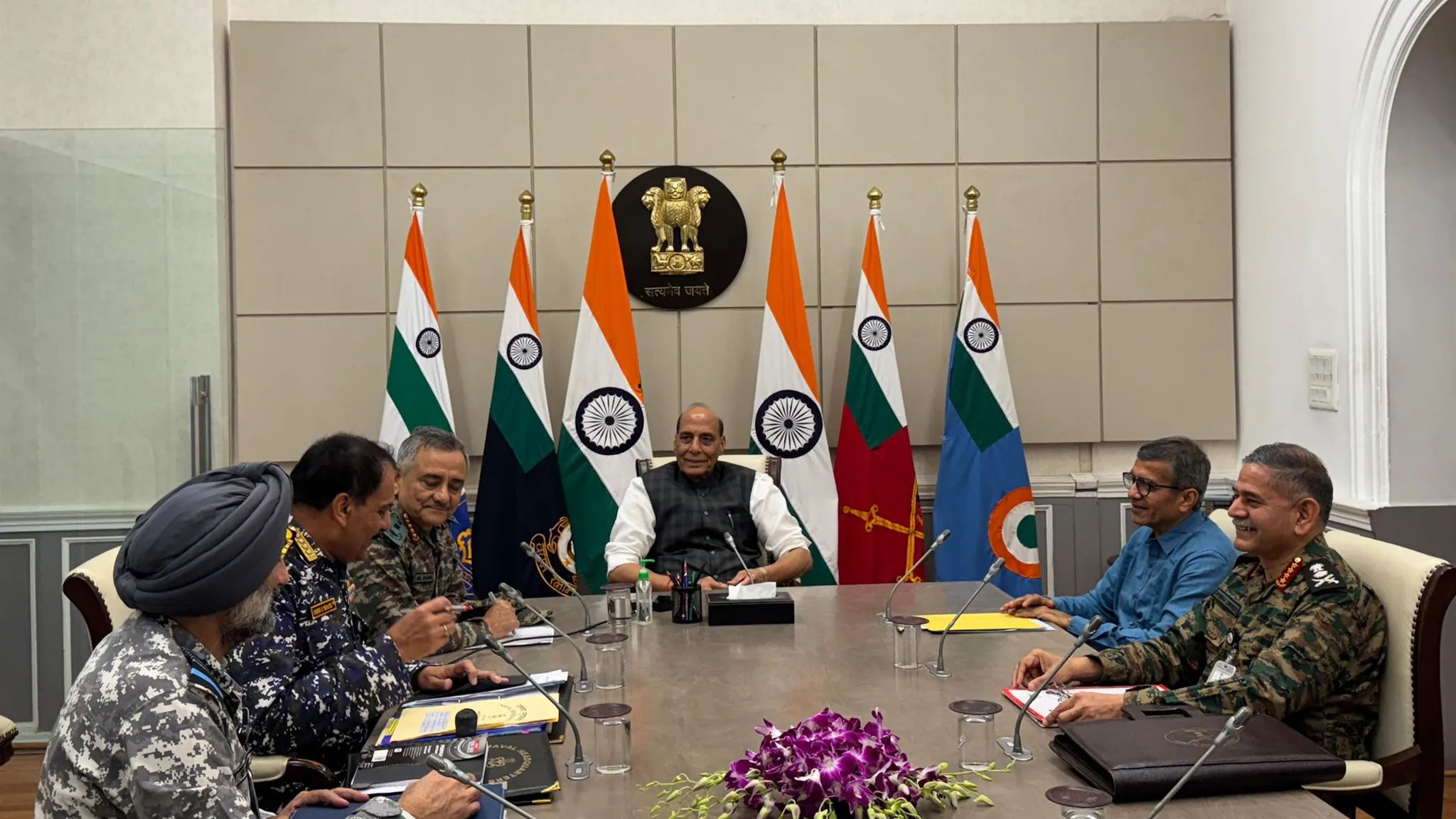US President Donald Trump has signed an executive order taking aim at the high cost of prescription drugs in America. Citing that the US, despite having a small percentage of the global population, accounts for the majority of global pharma profits, the President instructed officials to align US drug price targets with those paid by other nations.
The US is indeed the largest pharmaceutical market worldwide. Its high margins and strong patent protections have historically provided US patients access to cutting-cutting treatments. The country’s significant spending on medicines positions it strongly for price negotiations.
Complex US Drug System
However, simply pressuring manufacturers might not be enough. The US needs to overhaul its procurement and distribution mechanisms. The system involves a complex chain of intermediaries like Pharmacy Benefit Managers (PBMs) and insurance companies. These players negotiate rebates from drug producers, but these savings do not always reach the end consumer, who faces high out-of-pocket costs. The Pharmaceutical Research and Manufacturers of America highlights that middlemen often claim a substantial portion of drug spending, sometimes exceeding the price in Europe. High regulatory and compliance costs, around 15 percent higher to launch a patented drug compared to Europe, also contribute to costs. Simplifying these practices could help.
Impact on Pharma
Given the emphasis on quick results from the Trump administration, drug manufacturers and investors should prepare for forceful actions. Companies focused on innovative, branded products, typically higher priced, face potential price cuts.
Indian Pharma Exposure
Most Indian companies predominantly sell post-patented generic drugs in the US market. While Sun Pharmaceutical Industries has a significant presence in branded segments, many Indian firms are considered less exposed to these specific policy shifts targeting high-priced branded drugs. Yet, Indian pharma cannot be complacent. A systematic drop in US drug prices could reduce the overall market opportunity for Indian exporters. Indian firms are increasingly developing and selling high-value medicines to counter the ongoing price erosion in the base generic business. Furthermore, the Trump administration is keen on boosting domestic manufacturing and increasing scrutiny on overseas production facilities.
Analysts from India Ratings and Research suggest that long-term revenue growth and capital allocation strategies could be affected as the potential market size shrinks. The true impact hinges on the specific drugs and countries targeted. Recent reports suggest stable and low price erosion in the US generic sector, and Indian exports are already competitively priced. Additional taxes or steep price cuts could strain both buyers and manufacturers.
What does this mean going forward? While the immediate focus is on expensive branded drugs, a ripple effect could eventually impact the generic market. Indian pharma companies, while relatively resilient due to their generic strength, must closely monitor policy developments and continue their shift towards higher-value products to navigate this potentially shrinking market landscape.









Leave a Reply